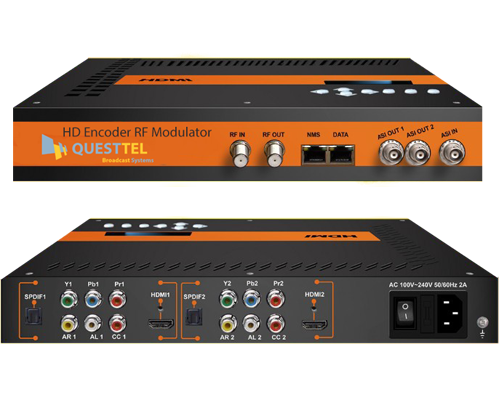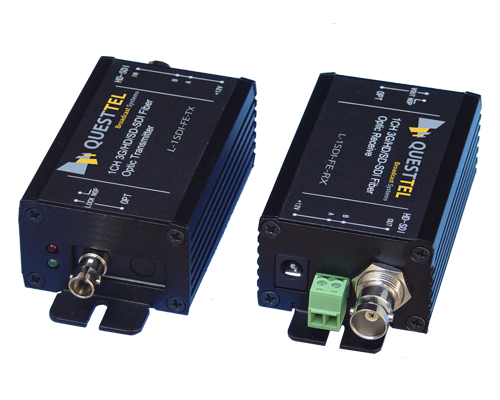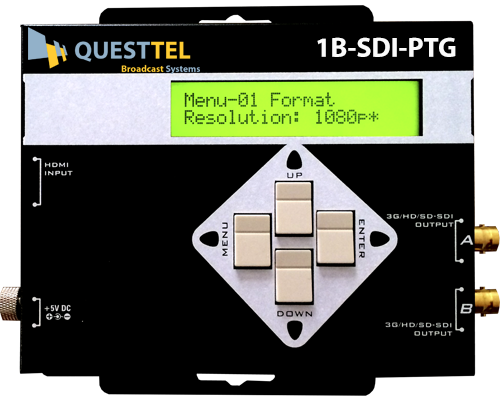AAC, MPEG-1 Audio Layer II, PCM Audio Encoding
Advanced Audio Coding (AAC) is a standardized, lossy compression and encoding scheme for digital audio and is a part of the MPEG-4 Systems Standard. Designed to be the successor of the MP3 format, AAC generally achieves better sound quality than MP3 at similar bit rates. An AAC encoded file can include up to 48 full-bandwith audio channels (up to 96 kHz) and 15 Low Frequency Enhancement channels (limited to 120 Hz) plus 15 data streams. AAC encoding methods are organized into Profiles (MPEG-2) or Object Types (MPEG-4). These different Object Types are not necessarily compatible with each other and may not be playable with various decoders.
MPEG-1 Audio Layer II (Also known as MP2): MPEG-1 Audio Layer II is a lossy audio compression format defined by ISO/IEC 11172-3 and primarily used in European countries. MP2 is an audio codec, and is the dominant standard for audio broadcasting. It is similar to MP3, but MP3 has become the dominant standard for PC and Internet applications. MP2 can have sampling rates of 32, 44.1 and 48 kHz and bitrates of 32, 48, 56, 64, 80, 96, 112, 128, 160, 192, 224, 256, 320 and 384 kbit/s.
Pulse-code modulation (PCM) is a method used to digitally represent sampled analog signals. It is the standard form for digital audio in computers and various Blu-ray, Compact Disc and DVD formats, as well as other uses such as digital telephone systems. A PCM stream is a digital representation of an analog signal, in which the magnitude of the analogue signal is sampled regularly at uniform intervals, with each sample being quantized to the nearest value within a range of digital steps.
QuestTel shall have no liability for any error or damage of any kind resulting from the use of this document.



